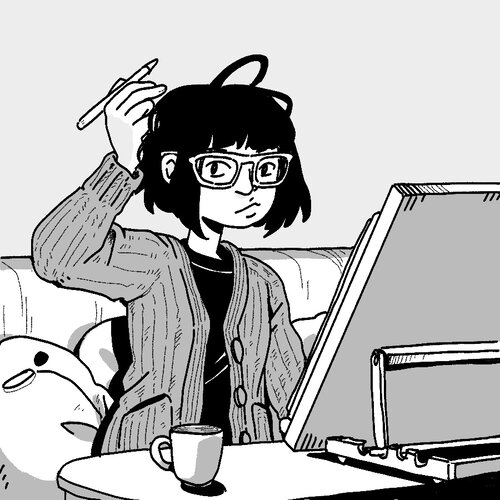
by Michele Kirichanskaya | Feb 28, 2022 | Blog
Wendy Xu is a bestselling, award-nominated Brooklyn-based illustrator and comics artist. She is the creator of the middle grade fantasy graphic novel TIDESONG (2021 from HarperCollins/Quilltree) and co-creator of MOONCAKES, a young adult fantasy graphic novel...
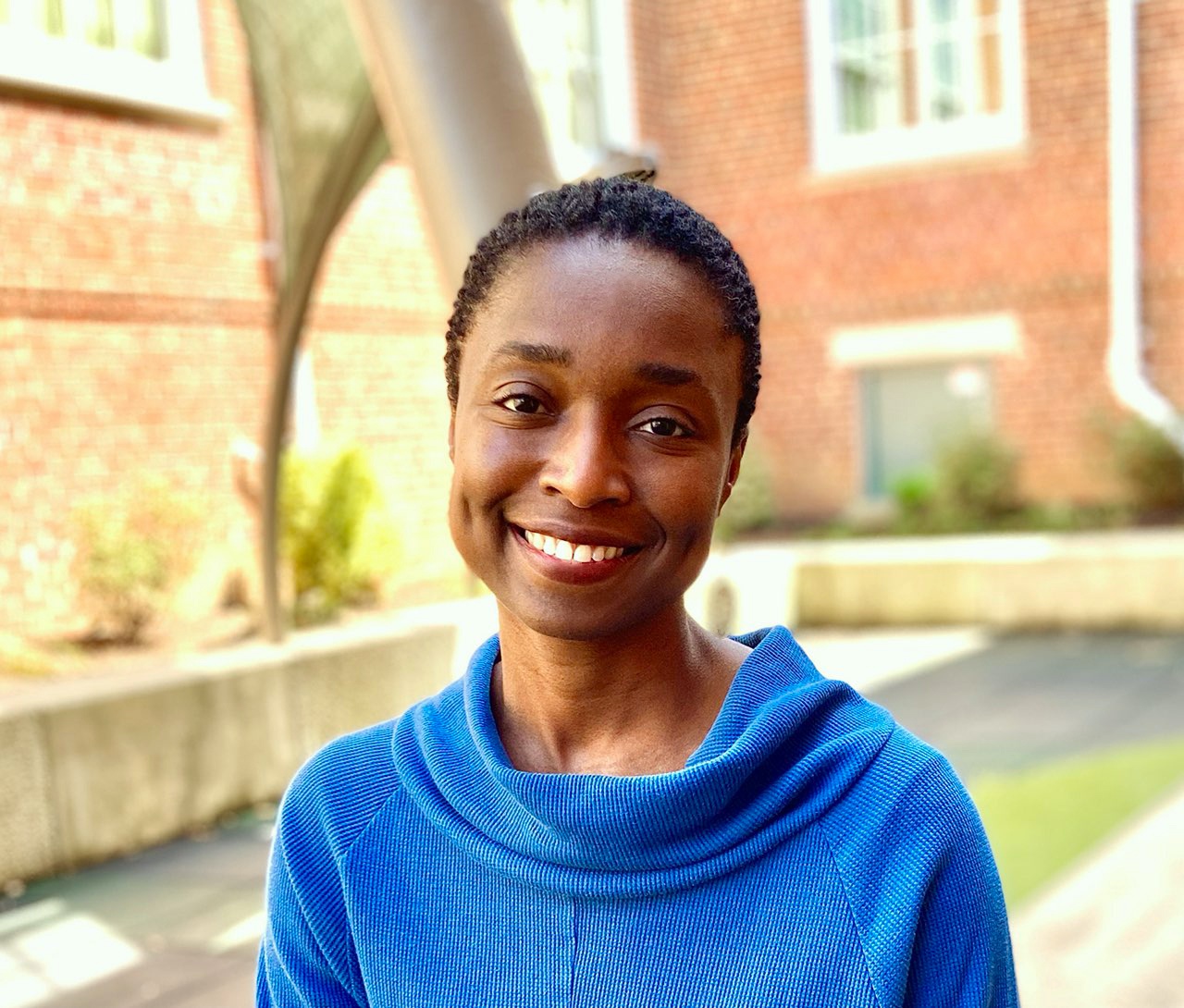
by Michele Kirichanskaya | Feb 25, 2022 | Blog
Amina Luqman-Dawson loves using writing to tell stories and to build an understanding of race, culture and community. Her published writing includes op-eds in newspapers, magazine articles, travel writing and book reviews. She authored the pictorial history book...
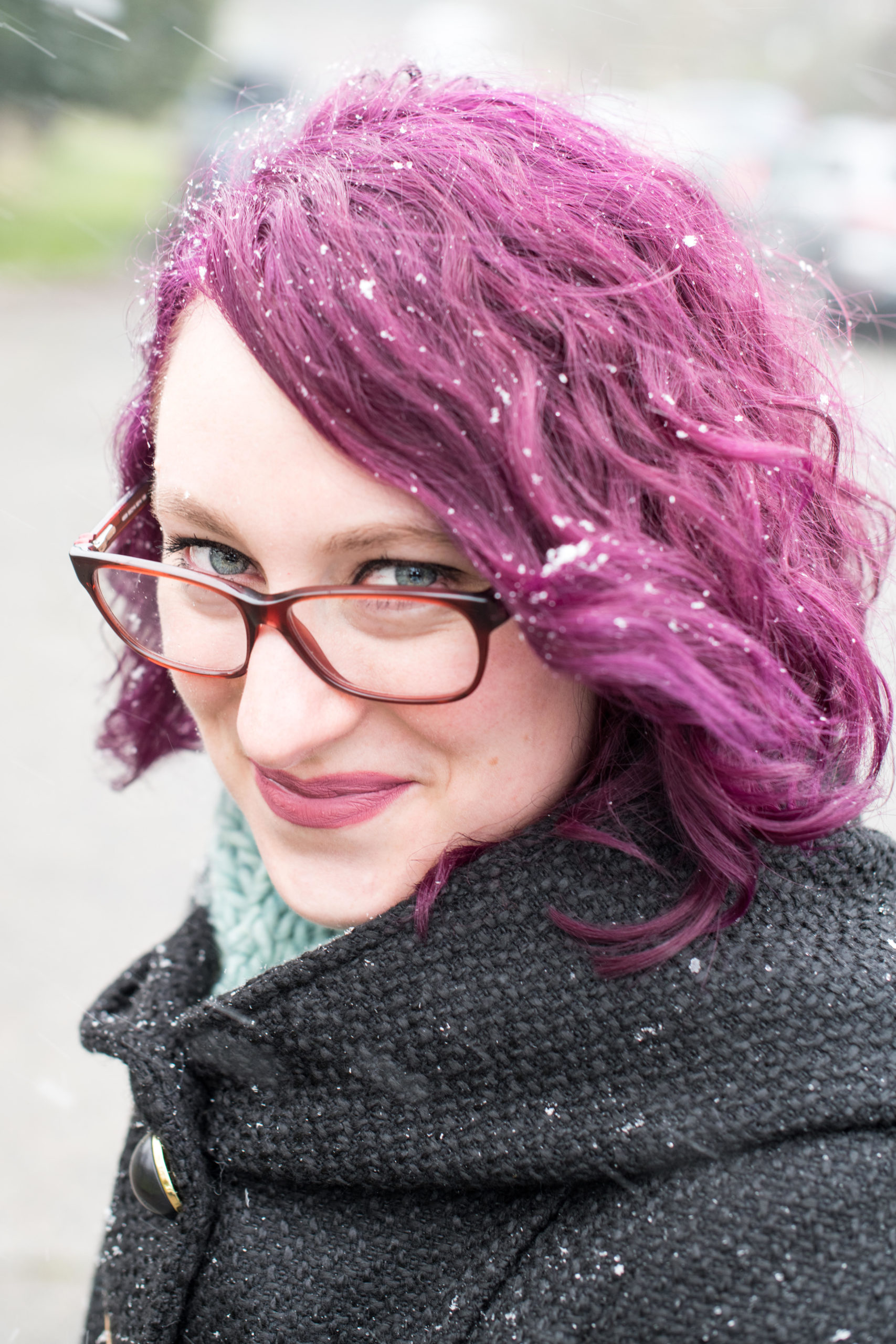
by Michele Kirichanskaya | Feb 23, 2022 | Blog
Rosiee Thor (she/they) began her career as a storyteller by demanding to tell her mother bedtime stories instead of the other way around. She spent her childhood reading by flashlight in the closet until she came out as queer. She lives in Oregon with a dog, two cats,...
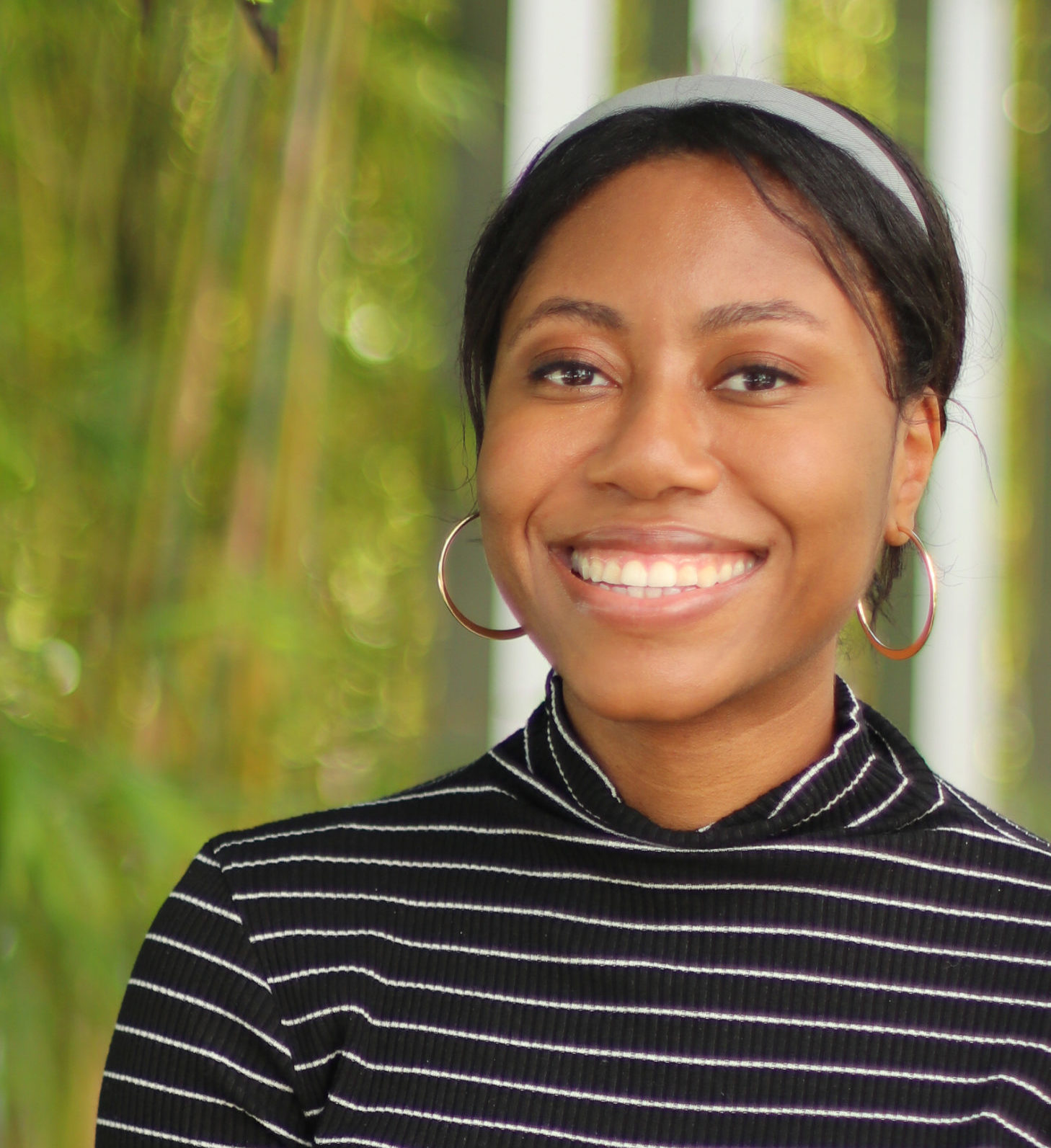
by Michele Kirichanskaya | Feb 18, 2022 | Blog
S. Isabelle is a reader, writer, and hoarder of books. After earning a Master’s degree in library science, she took that love of reading to youth librarianship. Her short story “Break” was featured in the anthology Foreshadow: Stories to Celebrate the Magic of Reading...
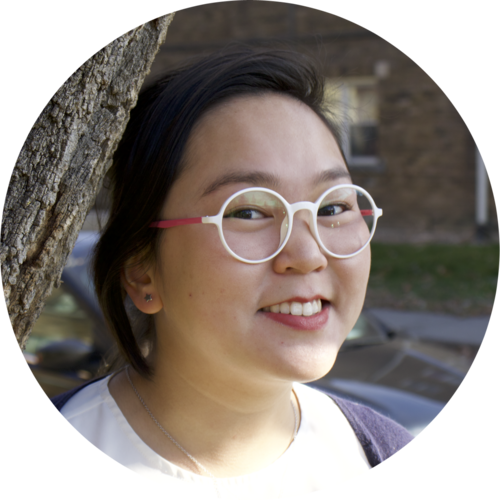
by Michele Kirichanskaya | Feb 16, 2022 | Blog
Kristina Luu, she/they, is a queer Vietnamese Canadian comic artist and illustrator from Vancouver, BC. She loves making colourful worlds and stories full of diverse characters and little moments of magic and joy. The first volume of the BESTIES graphic novels series...





